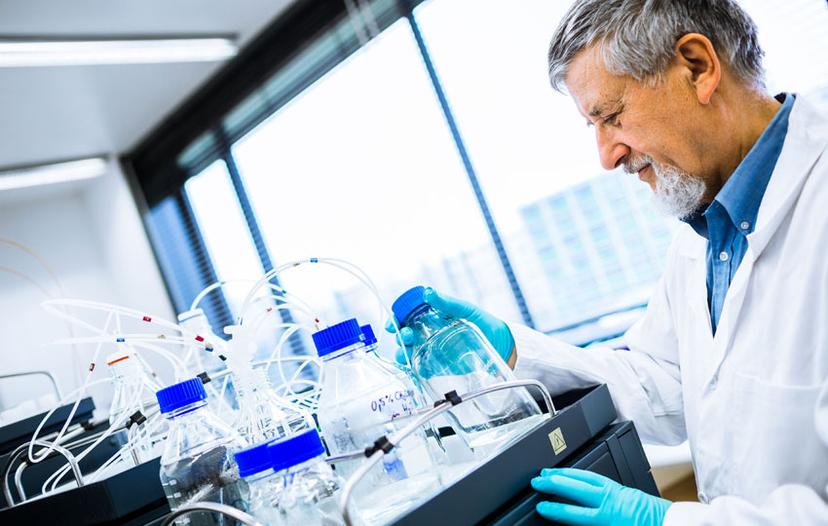Webinar Highlights – How to Ensure Maximum Protection When Handling Hazardous Goods
Annett Schneider, Merck KGaA, Darmstadt, Germany, answers your questions on solvent handling safety
7 May 2017

Source 123rf.com
Annett Schneider, Global Product Manager, Merck KGaA, Darmstadt, Germany, gave an informative presentation on ensuring maximum safety and protection when handling hazardous goods in the lab. The webinar is now available to watch on-demand.
Annett Schneider is responsible for Safety Products and Essential Lab Applications at Merck KGaA, Darmstadt, Germany.
The webinar began by highlighting the importance of safety in the laboratory, explaining how to use the Material Safety Data Sheet and other safety information resources provided with solvents.
Annett then went onto to describe the safe handling, risks and costs of using glass bottles for storage. Following this, Annett discussed a variety of options to decrease risks associated with their handling, including using safety carriers, pouring aids and automated level sensor technology. Annett then explained the safety risks involved with glass bottles and outlined the benefits and drawbacks of alterative storage options.
Finally, Annett detailed the steps to take to avoid a combustible environment, including choosing a suitable withdrawal system.
Read on for highlights from the Q&A session with Annett, or if you missed it, watch the webinar on-demand.
Q: Where can I find the product related Hazard and Precautionary Statements?
A: These are written in the materials safety data sheets but also on the bottle label.
Q: What do I have to consider when connecting a barrel with a withdrawal system?
A: When using barrels in the laboratory, the first step is to avoid static electricity, as solvent vapors can build combustible mixtures with air. Grounding is always be the first step to working in a safe enviroment.
Q: Is all packaging able to be used with inert gas systems?
A: The inert gas system is used to avoid having surrounding air with contaminants and moisture coming into the barrel. To avoid this, barrels can be pressurized with inert gas. But always remember, only use inert gas with stainless steel containers, as other metal containers will not withstand pressurizing.
Q: How can I avoid a combustible working environment?
A: The combustible working environment can be avoided by working in fumehoods and by having an exhaust system. Make sure you work in a well-ventilated environment as this avoids the buildup of solvent vapors.
Watch the full webinar on-demand, or find out more about Merck KGaA.
Do you use any of the technologies mentioned in this webinar? Write a review today for your chance to win an Amazon voucher worth $400 or an iPad Air®.
